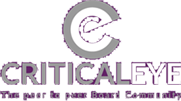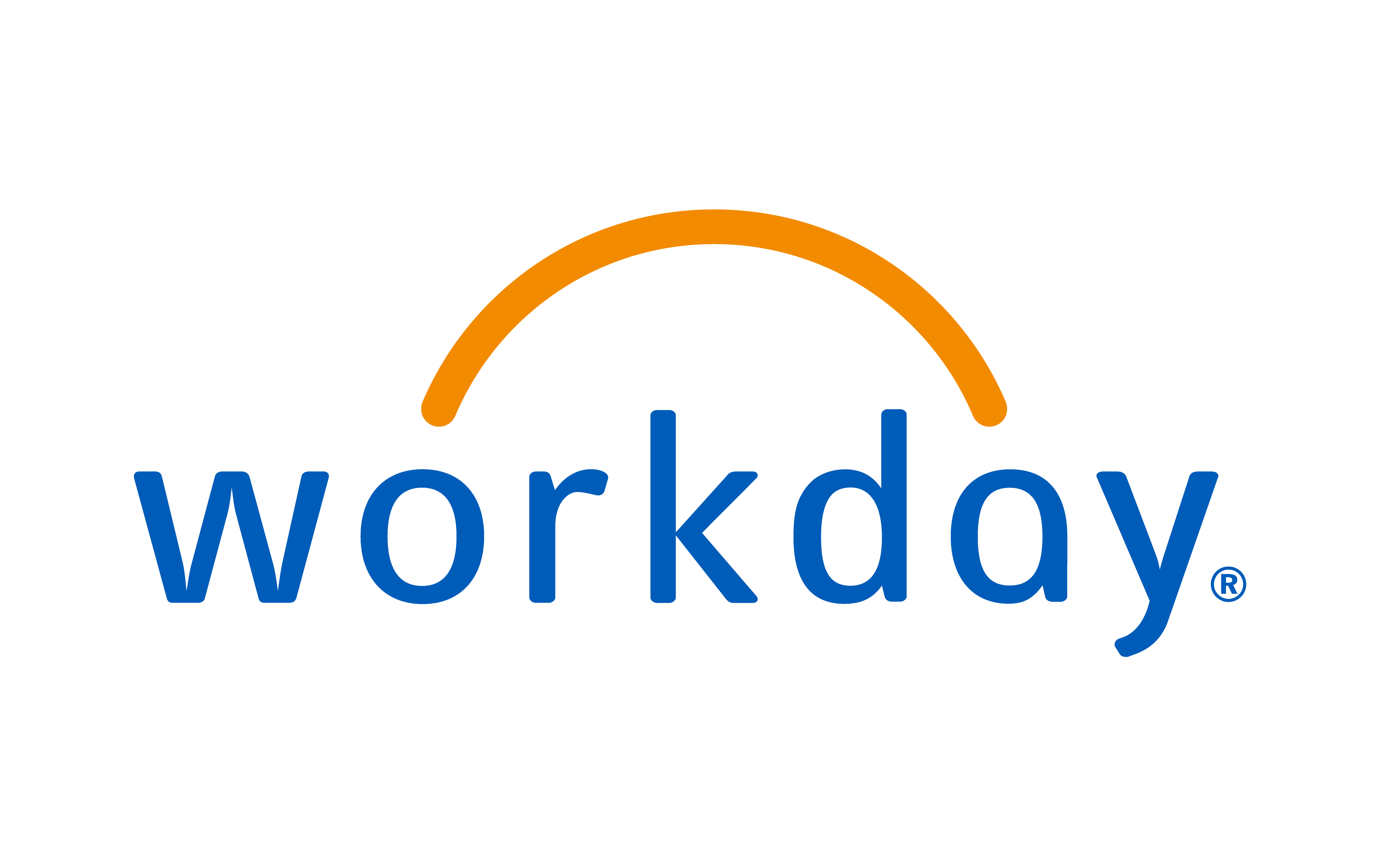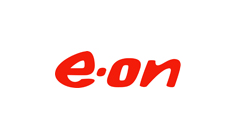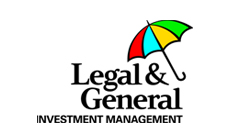
The mood from a capital markets perspective was beginning to lighten ever so slightly before events unfolded in the banking sector, reminding dealmakers and Boards how fragile the economic environment is at present.
It’s certainly not an easy time for Chairs, non-executive directors and senior executives of private equity-backed and publicly owned companies as they feel the pinch of constrained capital flow. Matthew Blagg, CEO of Criticaleye, told attendees at the recent Growth Company Retreat, “What you are seeing is capital positions tightening up. It's not linear – access to the markets is very flaky at the moment and that exposes the competency and alignment of the top team.”
The Retreat, held in association with Workday, explored how to build a growth mindset in such volatile conditions. Alastair Mills, Managing Director and Head of European Business Services at H.I.G. European Capital Partners, said, “In the context of M&A, the slowdown started from a private equity perspective with the tightening of the public debt markets in the first half of 2022. That tightening extended into the private debt fund and commercial banking arena and the effects cascaded down in terms of deal size.”
However, Alastair went on to declare a ‘noticeable change in sentiment at the start of 2023’ and a shift from ‘risk-off’ towards trying to find ways to move M&A opportunities forward in an otherwise challenging market. This change is perhaps reflected in the results of a poll presented to attendees during the Retreat, in which 40 percent of respondents stated they expect to conduct an acquisition in the next 12 months.
Forward Momentum
Forward Momentum
In the context of new PE ownership, it is vital that a ‘value creation plan’ is agreed upon early, according to NewDay CFO Paul Sheriff. “There’s a real moment after the acquisition where alignment is created across management, the private equity house and the Board, in terms of what is to be delivered over the next two to three years,” he told the audience.
However, that kind of clarity can be difficult in a time of permacrisis. “One of the tools we've looked at is forecasting business performance over the next eight quarters,” Paul said. “It has helped us get balance between this year versus next year. For us, prioritisation comes on a quarterly basis.
“You have to keep a mindset on the longer term but be equally adept in the short term as to what you're doing here and now, and tweaking around the edges as to how you're managing your business model.”
Helen Wiseman, Chair at the Australian Securities Exchange listed Elixinol Wellness, brought significant non-executive director perspective to the conversation, and reiterated the quality of being receptive to rapidly changing market forces: “We're having to be highly responsive and incredibly agile to the external environment. Encouraging the right level of strategic thinking by asking: ‘How do we, as Boards, respond to the need to be agile in the businesses we oversee, but at the same time still maintain focused discipline?’”
There is an inherent danger in Boards becoming too ‘hands on’ and overreaching into the day-to-day, which could create tension or disunity with executive teams. “The best role that a Board can play is that of a collective coach and mentor as well as accountability partner, whilst letting management get on with running the operation,” Helen stressed.
“They know their business best, are closest to their customers and are really attuned to the indicators on the ground. What we can do as a Board is bring our own experiences and perspectives from other Boards. It’s about asking powerful questions about the external environment but doing it in an empathetic way, because many management teams are pretty exhausted.”
The CFO often fulfils the role of fulcrum when it comes to relationships between members of the executive team, the Board and ownership structures. “As CFO, you're a sounding board for the CEO. It's not that either one of us is completely right,” Paul said. “I’d like to say that we get to a collective view that is better than each of us would get to individually.”
Broadly speaking, those ExCos and Boards operating in partnership give themselves a steady footing from which to navigate through the risks and opportunities that exist within the present picture. “I think leadership teams that are connected in a greater way than the function are going to be massive outperformers in this environment,” concluded Matthew.
“It comes back to that alignment with the Board, really understanding the operational environment and the connectivity to the business. You need visible leadership and adult communication, which is extremely important. And you need to make sure that you've got a team aligned.”
There is plenty of room for improvement amongst attendees at the Retreat, too, in terms of building strategic leadership. While 58 percent of respondents to a poll said they are part of a strategic senior leadership team, the remaining 42 percent voted ‘No’.
Herein lies the internal challenge for growth company leaders as the external environment continues to heat up.
Jacob Ambrose Willson, Senior Editor, Criticaleye










 (002).png)















